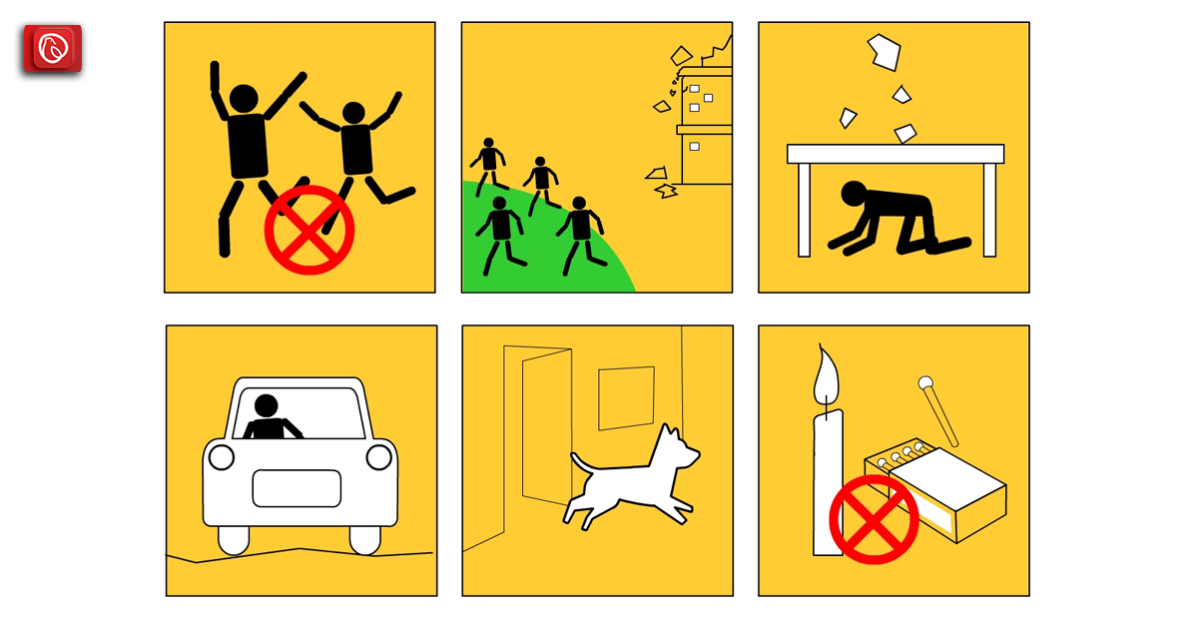The rising problems of unmanaged urban development in Pakistan have stressed the economy and the issue needs to be dealt with better policies.
Over the past few years, Pakistan had the highest urbanisation rate in South Asia. According to the United Nations Population Division, nearly 50% of Pakistan’s population will be living in cities by 2025.
Urban development is usually linked with high economic activity. More than 80% of global GDP is generated by cities with planned urbanisation.
55% of Pakistan’s GDP comes from economic activity in cities. The per capita income in cities is also higher than that of rural areas. Only ten cities in Pakistan make up 95% of the total federal tax revenue. However, this economic activity and urbanisation are not always directly proportional in the case of developing countries.
The results are mostly negative for developing countries where urbanisation is not supervised and planned. It is mainly because unplanned and unmanaged urbanisation hinders growth and job production. This results in the formation of urban slums.
Industrial development is also slow and the government fails to meet the demands of the rising population.
Pakistan’s urbanisation was also initially thought to positively contribute to the GDP, but it has proved otherwise in recent years. Several problems such as unemployment, insufficient medical facilities, housing shortages, lawlessness, poverty and environmental degradation have increased.
Reasons for Urbanisation in Pakistan
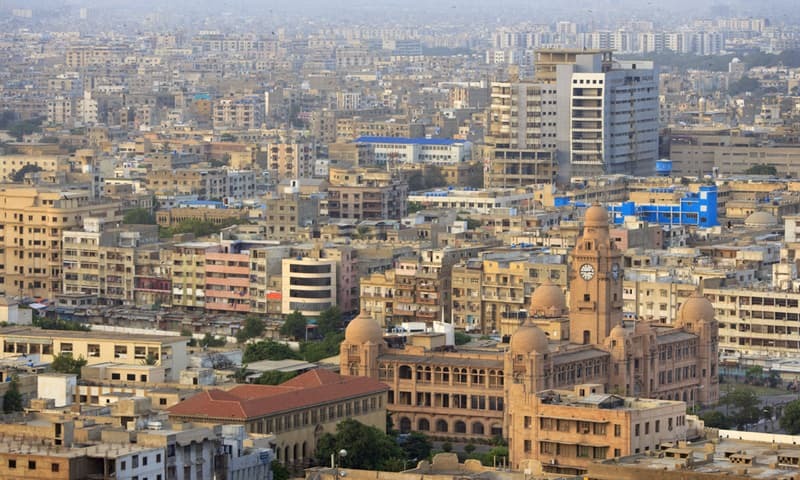
One major reason for this unplanned and unmanaged urbanisation is the lack of government policies to address the needs of the growing population. Moreover, thousands of illegal housing societies are sprawling on the borders of major cities.
The reports from the International Growth Centre (IGC) indicate that the residential societies on the outskirts of major cities make up 60% of the total city growth.
These residential societies no doubt meet the housing needs of people migrating to cities for jobs and other business activities but, in the longer run, they cause more harm than good.
According to a report by the World Bank, Pakistan’s urbanisation is “messy and hidden”, which means that urban growth is well beyond administrative controls.
It is creating an imbalance in the overall economic activity in these cities. One such example is the unrest and discontent that most of Karachi’s population faces, although it was a hub of innovation and growth in Pakistan previously, which contributed to the overall GDP. Just like Karachi, the overall condition of Pakistan’s other urban areas is also deteriorating.
Problems Related to Urbanisation in Pakistan
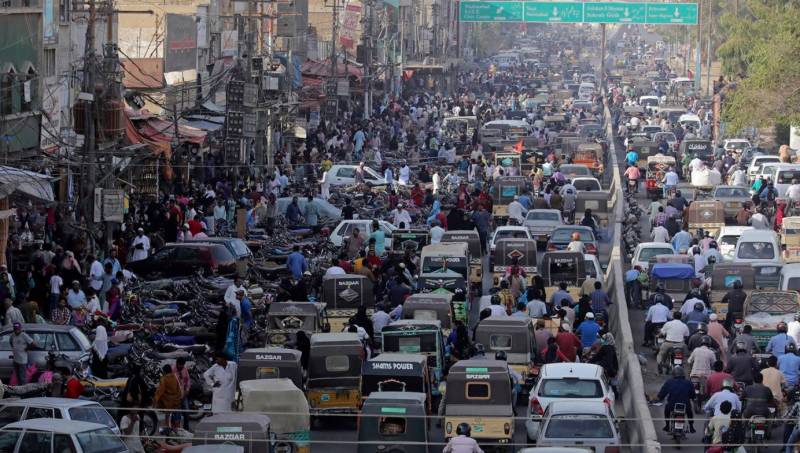
The lack of proper regulatory authorities and laws has caused problems with population management in Pakistan.
Only recently, the growing issues of unemployment and environmental crises have drawn the authorities’ attention to urbanisation. Policymakers have identified several problems causing urbanisation, and are conducting further research for the development of effective plans. The following are some of the major issues:
- Poor housing quality and affordability
- Water and sanitation
- Transportation
- Health
- Education
- Land management
Poor Housing Quality and Affordability
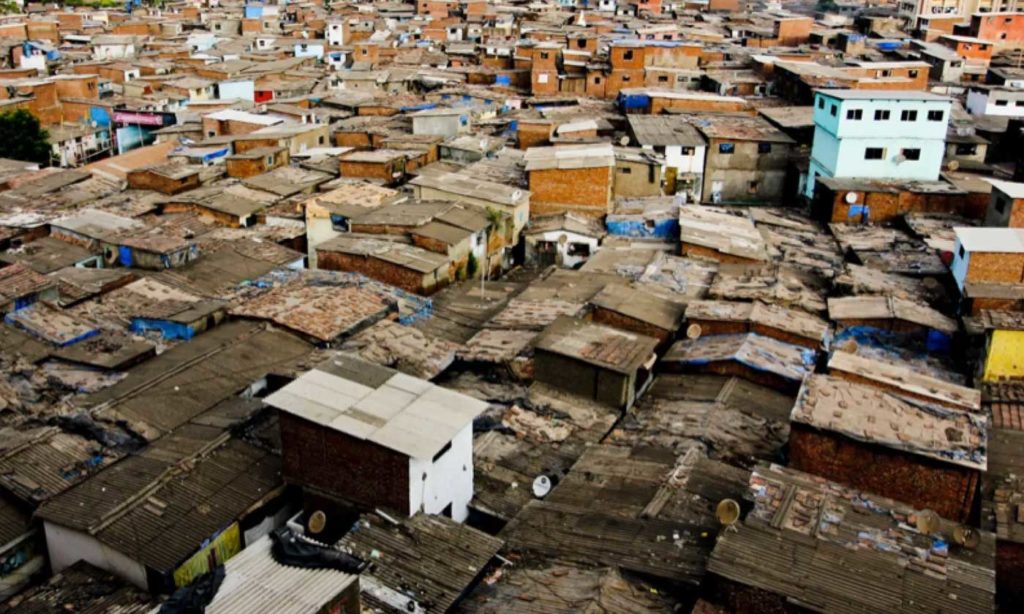
According to the 2017 census, Pakistan has a housing stock of 32.2 million, of which 39% is urban. House ownership in urban areas is unequal as only the top income strata can afford decent and affordable houses.
In major cities, such as Karachi, Lahore, Rawalpindi, and Faisalabad, most of the population is living in rented houses or apartments. According to a report from the State Bank of Pakistan, the urban population in all the major cities of Pakistan currently faces a shortfall of approximately 10 million houses of its actual demand.
If the trend continues and policymakers fail to devise any strategy to manage population explosion and urbanisation in Pakistan, only five major cities in Pakistan will account for 79% of the total housing shortage by 2035.
Even if the population growth is controlled, the rising demand for houses by nuclear families will put pressure on the housing sector.
According to IGC, Pakistan ranks eighth on a list of the top 10 countries that currently hold 60% of the global substandard houses.
Water and Sanitation | Major Problems of Urban Development in Pakistan
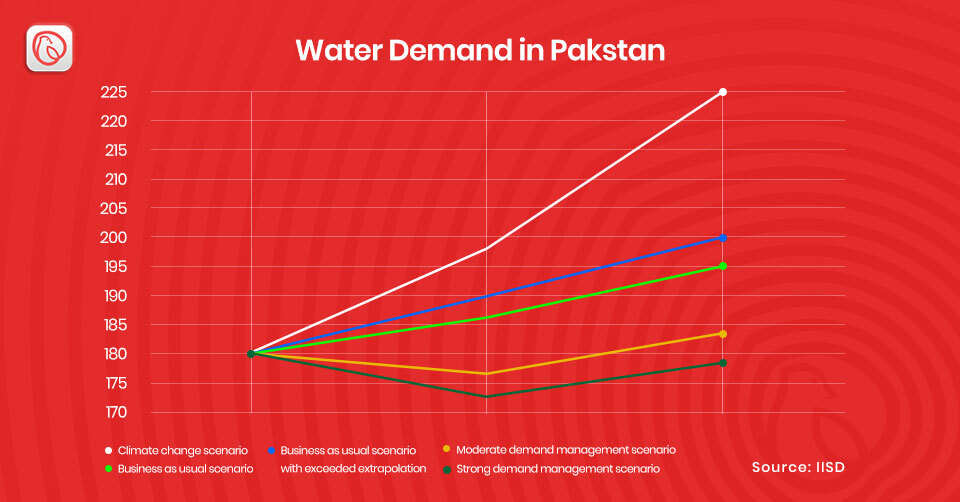
According to an International Monetary Fund (IMF) report, Pakistan is the third most water-stressed country in the world. More than 80% of the population is facing water scarcity. Water availability in Pakistan has decreased from 5,229 cubic metres per individual in 1962 to only 1,187 per individual in 2017.
According to the Pakistan Institute of Developing Economics (PIDE), water use in Pakistan increased by 0.7% per year from 1977 to 2017, while water resources remained stagnant at 246.8 billion cubic metres. The biggest challenge to this acute water shortage problem is the rapidly growing population and urbanisation.
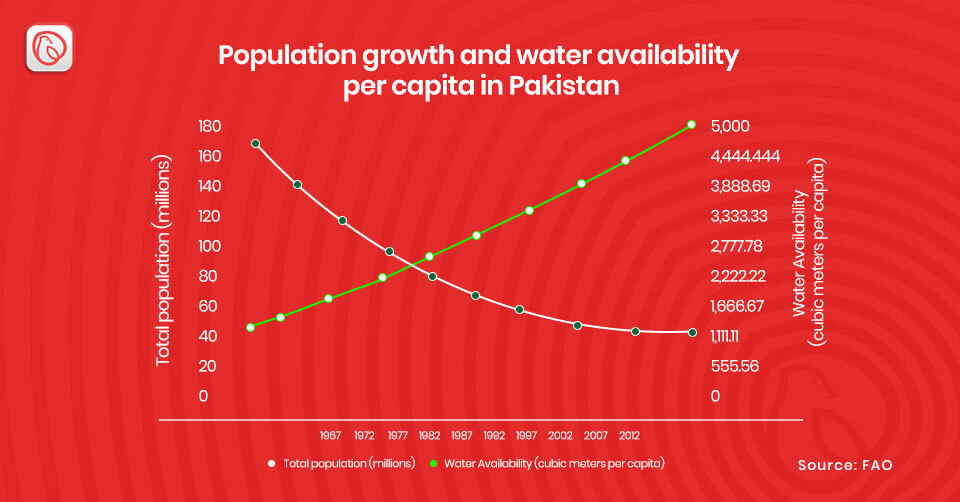
Moreover, the water supply in most of Pakistan’s major cities lasts for only 4-16 hours per day, and that too is only for 50% of the population. Asian Development Bank recently issued a report that stated 90% of Pakistan’s water supply resources are unsafe and unhealthy to drink. With the unchecked growth in population and urbanisation, the water shortage problem is worsening.
Urbanisation is also a major reason for stress on the sanitation system. As more people start living in an area, the installed management system becomes incapable of managing the solid waste incoming from several sources. Shared latrines are common in most parts of the country where 20 people use 1 single latrine. This poor sanitation is costing 3.9% of Pakistan’s total GDP.
Transportation
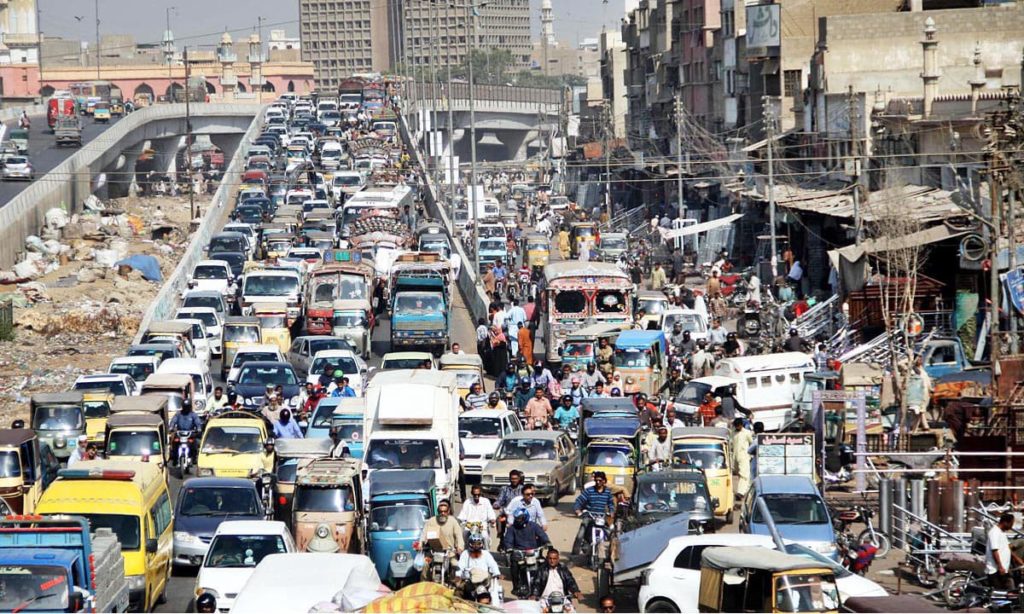
With urbanisation comes a demand for a mass transit system that can help people move from one place to the other. Karachi, being the largest city in Pakistan, has a high demand for public transport systems. However, it lacks such facilities. Transportation is one of the biggest problems of urban development in Pakistan.
Corrupt authorities in many major cities of Pakistan give permits to private transport companies. This not only causes congestion but is a burden on the economy as well.
In the last few years, roads have been upgraded in many big cities. However, the infrastructure for the mass transit systems still does not exist. Karachi has most recently launched the ‘Peoples Bus Service’, but the city still faces a major backlog in solving several other transport problems.
Health
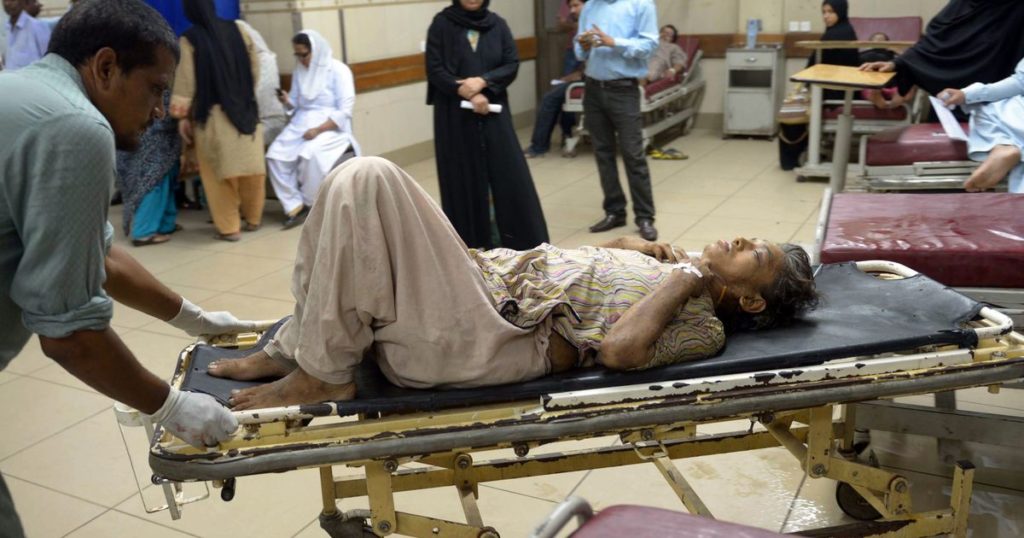
In poor urban areas, due to unmanaged population and fewer healthcare facilities, malnutrition and child mortality are major problems. It is mainly because of pollution and poor sanitation in these areas. Being one of the biggest problems of urban development in Pakistan.
The data from the World Bank shows that the health expenditure per capita in Pakistan was $39 in 2019. This is well below the limit of health expenditures per capita set by the World Health Organisation (WHO). So, with rising urbanisation, health problems are coming to the surface and creating more serious threats for the urban population.
Education
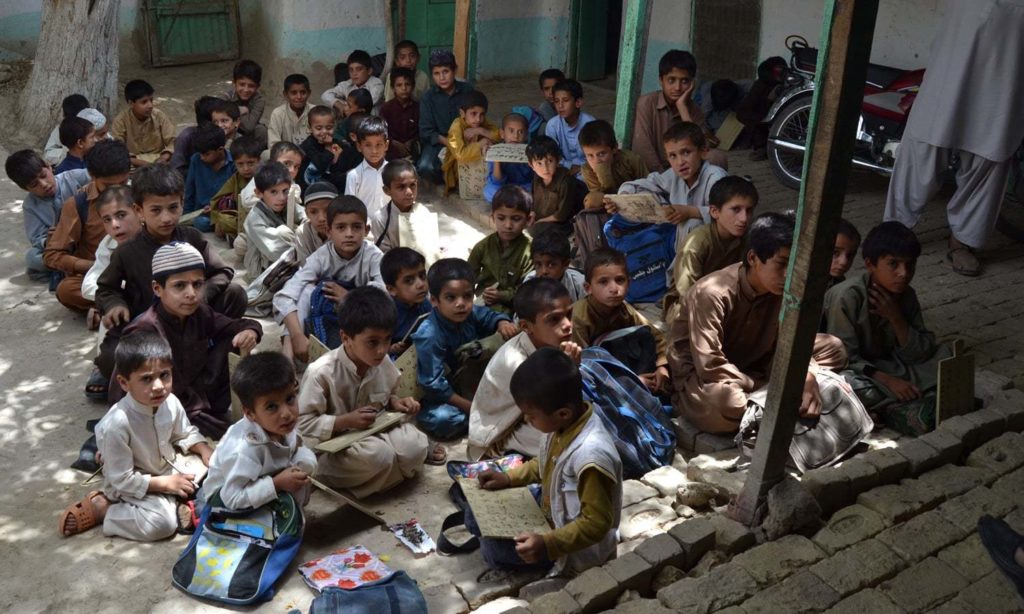
Although urban areas have higher student enrolment and better learning outcomes, close to 10% of children in Lahore, Karachi and Peshawar remain out of school.
From 2001 to 2014, the share of primary enrolment in urban private schools rose from 25% to 40%.
Moreover, there seems to be an inverse relationship between public schooling and city size. In small cities, approximately 35% of all children aged five to nine are enrolled in government schools. In capital cities, that figure drops to 22%.
The continued preference for private schools reflects the low quality of government schools in urban centres. While all private schools have basic facilities (drinkable water and toilets), they are missing in around 12% of government schools in Lahore.
The absence of educational and health facilities in smaller cities pushes people towards big cities, where service delivery becomes increasingly strained as the urban population grows.
For more information, visit Graana Blog.


